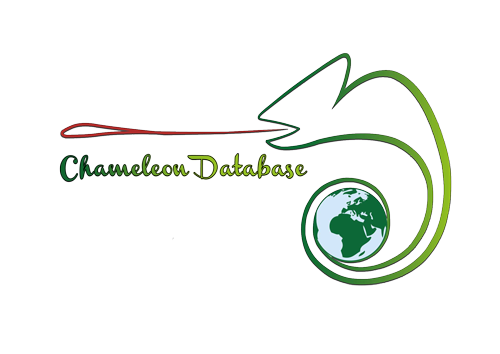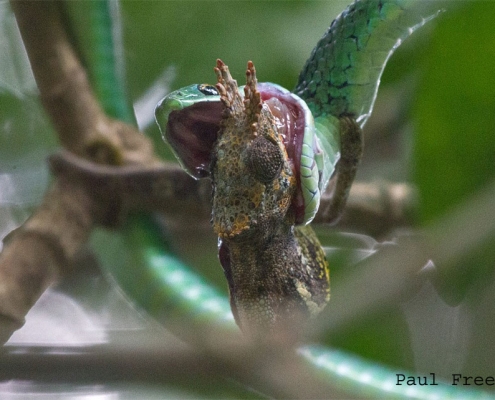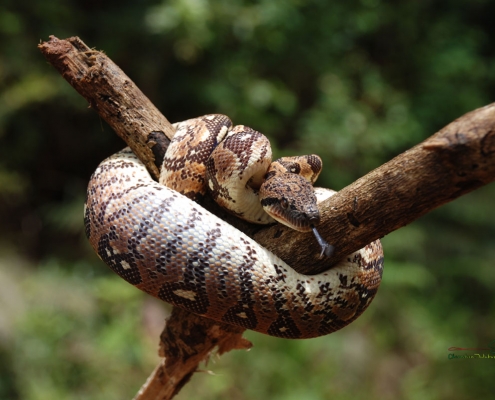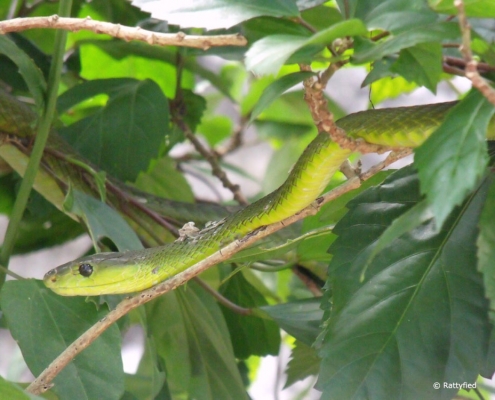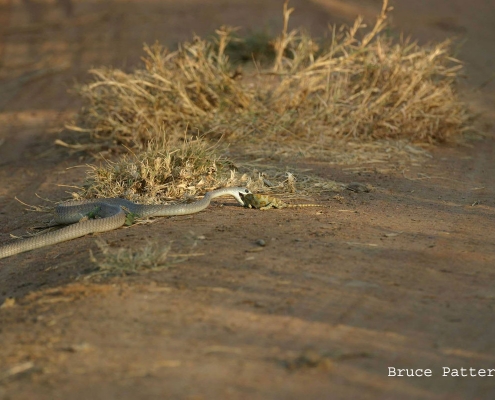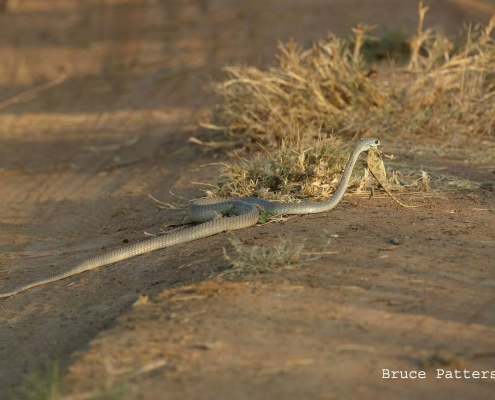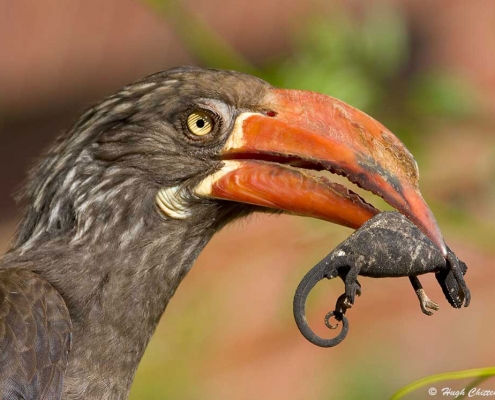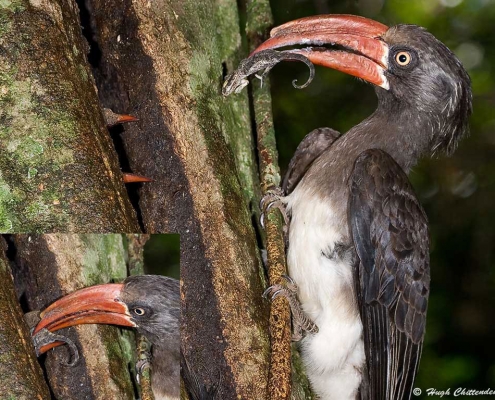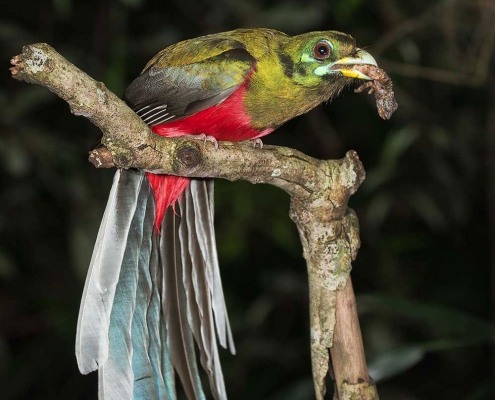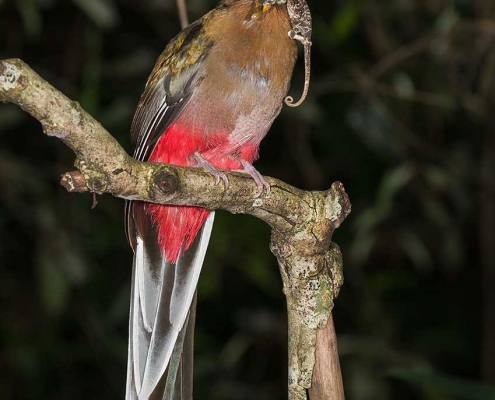Predators
One of the main predators of chameleons are snakes.
As expected, it is mainly the day-active and arboreal species of the genera: Philothamnus, Hapsidophrys, Madagascarophis, Macrophistodon, Langaha, Thrasops, Dendroaspis, Dipsadoboa, Ithycyphus, Dispholidus, Thelotornis (possibly also: Rhamnophis, Coluber, Hemirhagerrhis, Stenophis, Psammophis and Atheris) who include them as part of their primary diet.
However, nocturnal and terrestrial snakes will also eat them if they have the opportunity to do so.
There are snakes in mainland Africa and Madagascar, which are simply specialized chameleon-eaters, such as Boomslangs (Dispholidus typus) and Green Mambas (Dendroaspis angusticeps).
The first months of a chameleon’s life are the most dangerous.
Virtually all carnivorous invertebrates can potentially pose a serious threat. It goes without saying that praying mantises (Mantidae), ants (Hymenoptera) and spiders (Aracnida) can eat young and small species, grasshoppers and crickets can also cause a threat.
It is especially the bush crickets (Tettigoniidae) from the subfamilies Hetrodinae and Saginae, who are brutal predators, but there are many other species that also prey on chameleons.
Mammals also pose a major threat to chameleons, especially domesticated cats and dogs, but also rats and other rodents. It is especially the smaller chameleon species and neonates that are eaten, as they are usually active in lower vegetation.
Raptors (Accipitriformes and Falconiformes) are known for eating chameleons. With their acute vision and lightning-fast attacks, the chameleon’s only defenses against these birds are their camouflage and their encrypting behavior.
Many other birds, such as crows and ravens (Corvidae) or even smaller, insect-eating birds (e.g.Laniidae) will also eat chameleons if they have the opportunity.
The list of predators is not complete until we mention other lizards, such as geckos and agamas.
Within lizards however, the worst enemy of chameleons are other chameleons. Most adults will not hesitate to eat their own kind or those of any other species.
Picture copyright:
Bruce Patterson.
Chameleondatabase.com
Hugh Chittenden.
Nicolas Cegalerba. cegalerba.photoshelter.com
Paul Oliver.
Rattyfied. Flickr.
Edited By Paul Freed.
